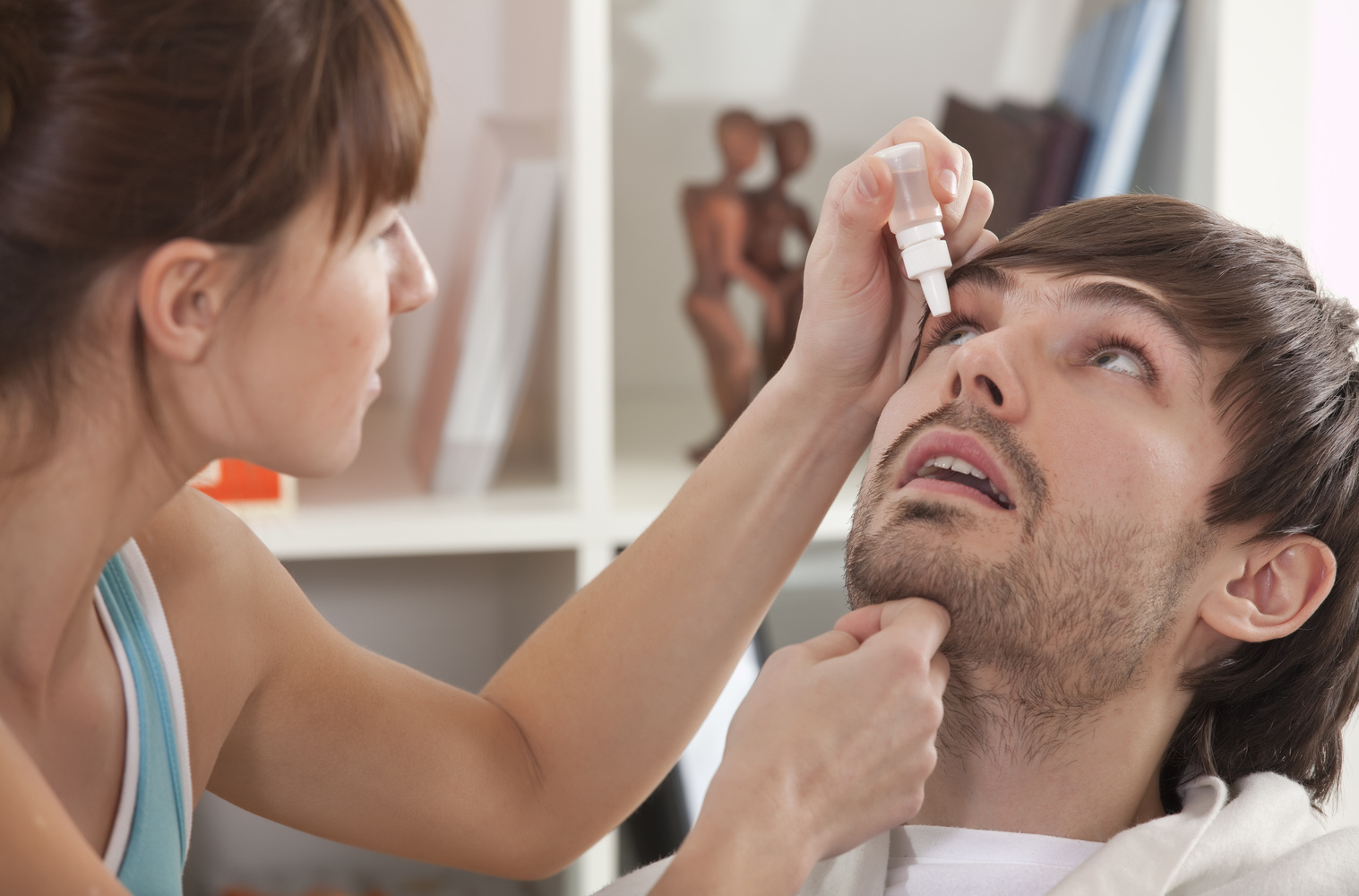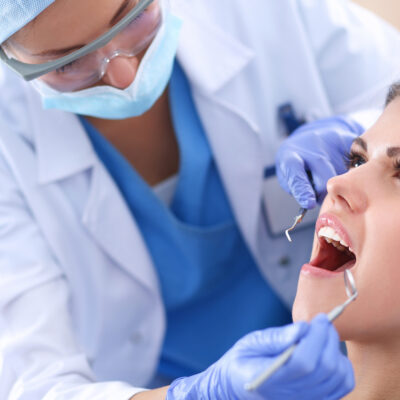
Different ways to treat dry eyes
Dry eyes are a common eye condition that can be reversed easily unless left undiagnosed and untreated for a very long time. There are many causes of dry eyes and accordingly, there are varied treatment options too. Proper treatment is usually personalized to suit every individual patient depending on what the cause is. Age, gender, poor environmental conditions, side effects of medication prescribed for comorbid diseases, and other natural conditions can all be a trigger for dry eyes. While eye drops were once the most common solution used to treat dry eyes, advancements in medical research have encouraged ophthalmologists to adopt other treatments too. Some of them are mentioned here below.
- Over-the-counter eye drops are artificial tears that help keep the eye moist and safe from dust and infection. They are of two types; with preservatives and preservative-free.
- There are eye gels that do the same job but their effect lasts longer than that of eye drops.
- Antibiotics are the next in line of treatment for dry eyes. These could be in the form of oral antibiotics, eye drops or eye ointments. Anti-inflammatory medications that reduce the swelling of the eyelids are prescribed as it prevents the secretion of oil (in tears) that acts as a lubricant.
- Cyclosporine, an immune system suppressant, in capsule or liquid form is sometimes advised by ophthalmologists to reduce inflammation in the cornea.
- When the above-mentioned treatments don’t work, doctors might suggest eye inserts as an alternative. Small tubes of medication are placed between the eyeball and lower eyelids and these release lubrication periodically to keep the eyes moist.
- Closing the tear ducts is another procedure resorted to sometimes. Blocking the tears from draining and forcing them to stay in the eyes is the aim of this procedure.
- There are special contact lenses that can be used as a treatment option for dry eyes — soft lenses for people with chronic dry eye, contact lens with low moisture levels that do not dry out the eyes, silicone hydrogels that allow more oxygen to pass through the eyes and require less moisture, and disposable contact lenses that can be changed every day seem to the best option for a variety of people with different triggers for this condition.
- Alternate eye therapies like intense pulsed light therapy, warm compress couple of times a day, consuming Omega 3 fatty acids and vitamin A supplements, and acupuncture can also be considered after consulting the ophthalmologist.
These treatment options can be used independently or in combination with one another. Like with all medical issues, it is recommended that you do not self medicate, but instead visit a qualified doctor when you feel any discomfort in your eyes. After proper diagnosis and confirming that you indeed have dry eyes, it is the responsibility of the doctor to guide you with the right treatment procedure. Follow their instructions precisely to rectify the dry eye condition and enjoy a clear vision.


